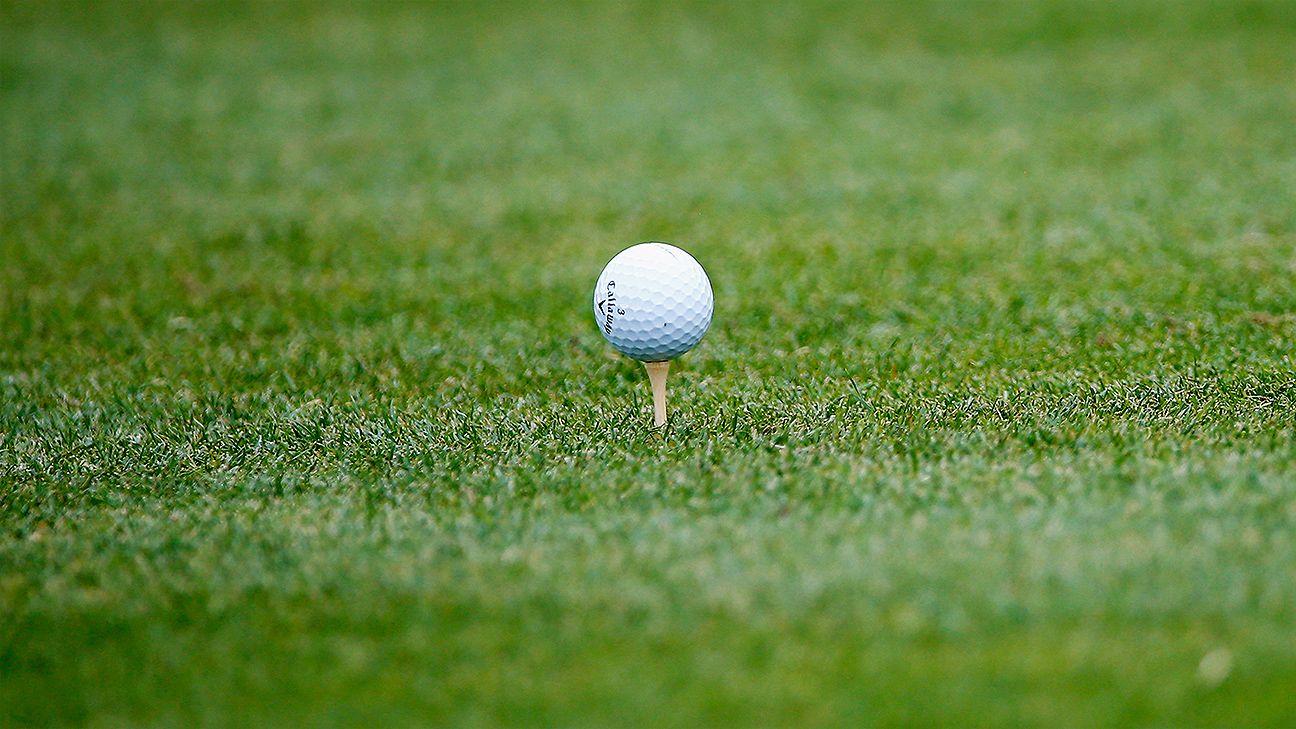The United States Golf Association and the R&A are proposing a new rule that would allow tours and tournaments the option to require elite men’s players to use a golf ball that will be tested under modified launch conditions to curtail how far it is hit.
The new rules, which will not affect the types of balls that recreational players can buy, would take effect in January 2026 if adopted. The governing bodies will receive feedback from manufacturers and others until Aug. 14.
The governing bodies said the proposed rule changes would reduce hitting distances by about 14 to 15 yards on average for the longest hitters with the highest clubhead speeds.
USGA CEO Mike Whan and R&A chief executive Martin Slumbers said the changes, if adopted, would be used at its respective championships. The Masters, PGA Championship and PGA Tour events also would have the option of using the rule. Slumbers said the rule change wouldn’t affect elite women players.
“In the debates and the arguments that will certainly ensue over the next days and weeks that we’ll all be a part of, I think we’ll constantly find ourselves in this discussion about somebody saying, ‘Why would you do this today, the game is fine today,'” Whan said. “Just know that on behalf of both of us, we understand and respect how great the game is. We certainly don’t want to get in the way of that success.
“This is not really about today, it’s about understanding the historical trends over the last 10, 20, 40 years and being able to be very predictive in terms of those trends over the next 20 or 40 years going forward and questioning whether or not the game can sustain 20 or 40 years from now the kind of increases that are so incredibly easy to predict. If we simply do nothing, we pass that to the next generation and to all the golf course venues around the world for them to just simply figure out.”
John Daly became the first PGA Tour player to average more than 300 yards off the tee in 1997. Tour players averaged 267.7 yards on drives that season. This season, tour players are averaging 297.2. The governing bodies said hitting distance had increased by about 1 yard per year over the past two decades.
This proposed Model Local Rule is intended for use only in elite competitions and, if adopted, will have no impact on recreational golf.
Learn more about today’s announcement from the USGA and @RandA 👇
— USGA (@USGA) March 14, 2023
“As custodians of our sport, we’re of the view that at the elite male level, both amateur and professional, we’ve crossed the Rubicon with regards to where hitting distance is but more importantly where it is trending, and it’s our responsibility as governing bodies to propose change to protect the long-term integrity of our sport,” Slumbers said. “Golf has become far more athletic, and technology has improved substantially, and it is the future impact that is the most pressing concern to the USGA and the R&A.”
In a release, the USGA and R&A said golf balls that would conform to the new rule must not exceed the overall distance standard of 317 yards and no more than 320 yards on carry and roll. Under the changes, balls would be tested with “clubhead speed of 127 mph and based on a calibration set-up for 11 degrees and 37 revolutions per second (2220 rpm) as part of this proposal.”
All other golf balls, including those used by recreational golfers, would continue to be tested at existing conditions of 120 mph and a calibration set-up of 10 degrees and 42 revolutions per second.
The groups said they will not propose a rule change, at least for now, on addressing the forgiveness of a driver’s face.
“The second piece of feedback we heard is a [rule change] on the driver would impact multiple clubs, and the unintended consequence could be 3-woods or other clubs that perform better than drivers and thus multiple clubs would need changing,” Slumbers said.
